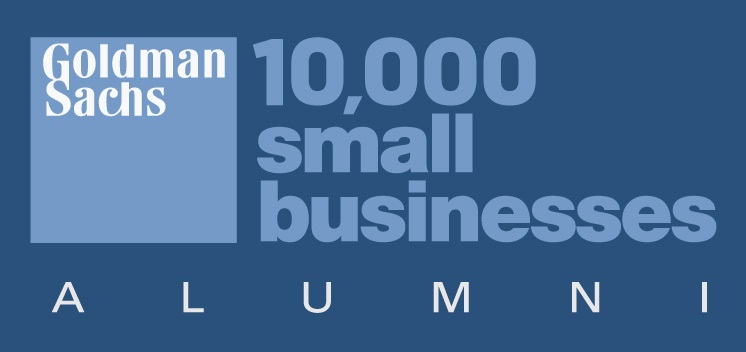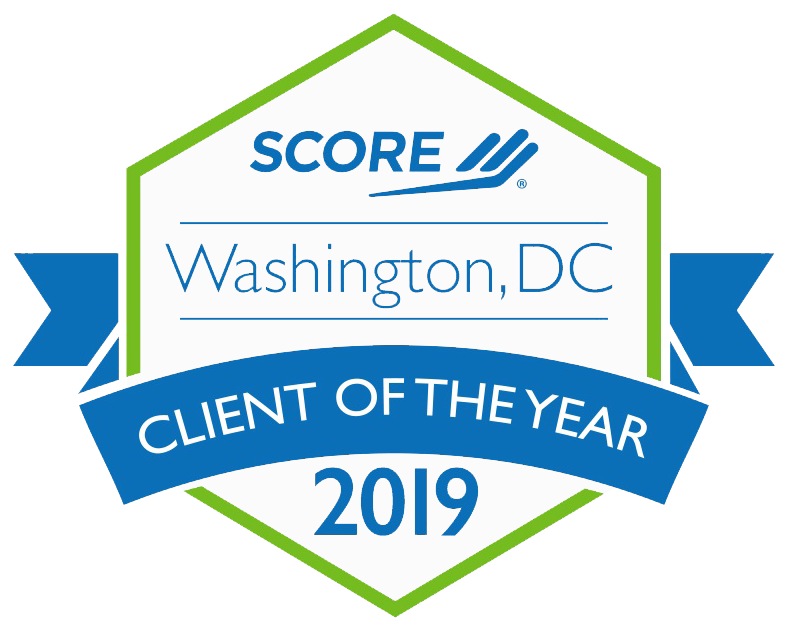Applying for grants is a competitive, time consuming task. And like any big project, grant proposals take a lot of organization and planning. Creating a grant calendar to track all grant related activities for your organization will keep you focused, get tasks done on time, and provide an overarching view of all the details that can make or break your application. And it’ll serve as a great template to use for other grants moving forward!
So, what are the steps for creating a killer grant calendar?
Step #1: Choose a template or software.
The format you choose will vary depending on your team and the grant itself. Some organizations like to break things out into monthly spreadsheets, where others prefer to use a project management software like Asana or Monday.com, and some might use a preferred funder software or CRM tool like Bloomerang, GrantHub or SalesForce. Whichever way you choose, make sure you’re doing the best you can to align the grant’s timeline and your employee’s workload. Try to make it as intuitive, clear, and concise as possible. You should be able to see an overall snapshot of the month, and the status of the application and deadlines should be clear. If you’re working on various tasks with multiple people, make sure you’re using something like a Google Doc where you can collaborate effectively.
Step #2: Review past grants.
Taking a step back to look at previous grants can provide a lot of insight on how you can improve your processes moving forward. What parts of your previous grants were organized well? Where were the gaps? What steps can you put in place to ensure you’re using your time efficiently? In particular, make sure to review the amount of funding you received, how much time it took to submit the application (and follow up), and what the chances look like of receiving the funding again. It’s important to do this on a recurring basis, as the grant application process changes frequently.
Step #3: Establish hard deadlines, and flexible deadlines.
Once you have decided which grants to apply for, prioritize your plan with those that have hard deadlines. This will be the skeleton in which you’ll plan the rest of your submissions, so you can maneuver the more flexible deadlines.
Step #4: Align with other priorities.
Surely, this grant isn’t the only task on your organization’s docket! Make sure you’re taking other projects and their timelines into consideration before creating another one. You may have to frequently adjust this and be flexible based on the other projects. Always allow yourself a bit more time than you think you’ll need, especially for revisions.
Really take some time to think about what the task requires. Do you have the accurate data needed to complete the task? If you don’t, how long will it take to get that data?
And there you have it! If you’re looking for assistance in the grant process, RBW Strategy can help! We provide services in grant prospect research, to writing, all the way up to project management. Visit our services page for more info and contact us today!






